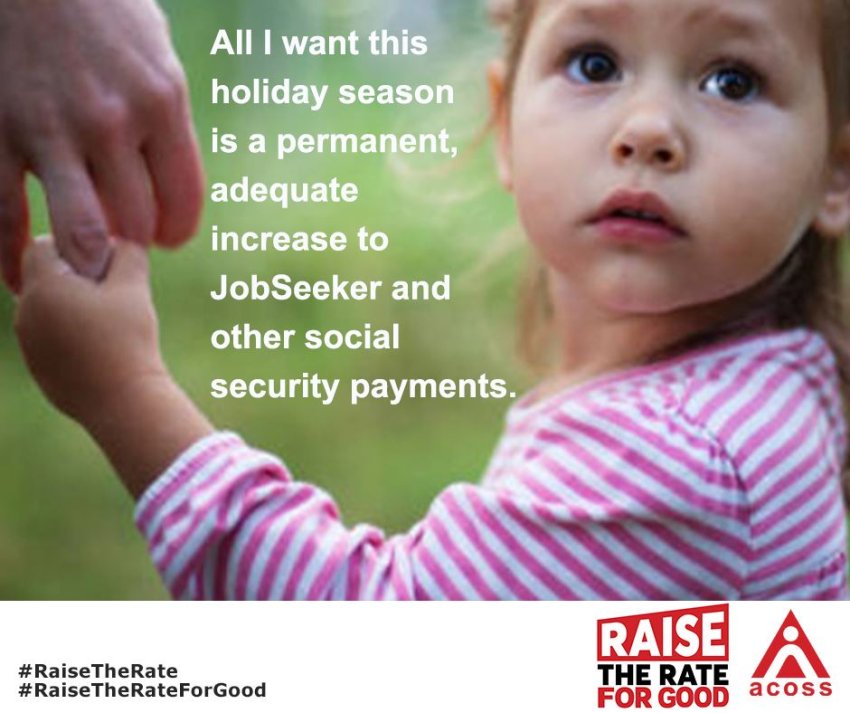
In just over a month’s time, people will be ushering in the New Year with the hope that the “shit year that was 2020” can be put behind.
The media is full of hopeful stories of COVID-19 vaccination trials and in Australia at least pandemic restrictions and interstate travel is opening up.
But there is a group of people for whom 2021 is not going to be better.
These are the 330,000 people that Australian National University researcher Ben Phillips estimates are going to be pushed into living below the poverty line when the next cut to the coronavirus supplement is implemented on January 1.
This will mean that 3.82 million people — mainly unemployed people and their children — will start the new year living in poverty in this very wealthy country.
It is outrageous that Australia condemns nearly 14% of its population and nearly 18% of children to living below the poverty line (defined as 50% of median earnings).
If we use the European poverty line of 60% of median income, these percentages would be even higher.
A very clear picture of poverty in Australia is provided in Poverty in Australia 2020 Part 2: Who is affected?, a report by the Australian Council of Social Service (ACOSS) and the University of New South Wales (UNSW).
In 66% of households living in poverty, the main earner is unemployed. But 38% of people in living in poverty were in households where the main earner was part of the working poor.
The causes of poverty identified in this report point to the solutions — all of which can easily be implemented with political will.
First, raise the rate of JobSeeker and all other welfare payments to that of a liveable income.
The temporary coronavirus supplement to JobSeeker and the JobKeeper program saved about 2.2 million people from poverty, Phillips estimated. But the gradual reduction of these programs has been forcing people back into poverty.
Second, implement across the country a major campaign to build new, quality and ecologically sustainable public housing. Unaffordable housing is the second major contributor to poverty, according to the report.
A program like this would contribute to social good in multiple ways: It would increase the supply of affordable housing; it would create jobs and reduce unemployment; and it would help address the climate emergency.
These measures can be implemented through a combination of federal and state government action.
However, they require an about-face from the discredited idea that government largesse should be dispensed most of all to the corporate rich.
Green Left will continue to shine a spotlight on such injustice and link the campaigns for progressive change. Next year, we mark 30 years of publication and to mark it, we invite you to post a short video on social media, using the hashtag #GreenLeft30, on what Green Left means to you.
Make sure to tag us as well — @GreenLeftOnline on Facebook, Twitter and Instagram. Or, if you prefer, email it to editor@greenleft.org.au
We have some exciting plans for 2021, so stay tuned. And if you like our work, become a supporter today.